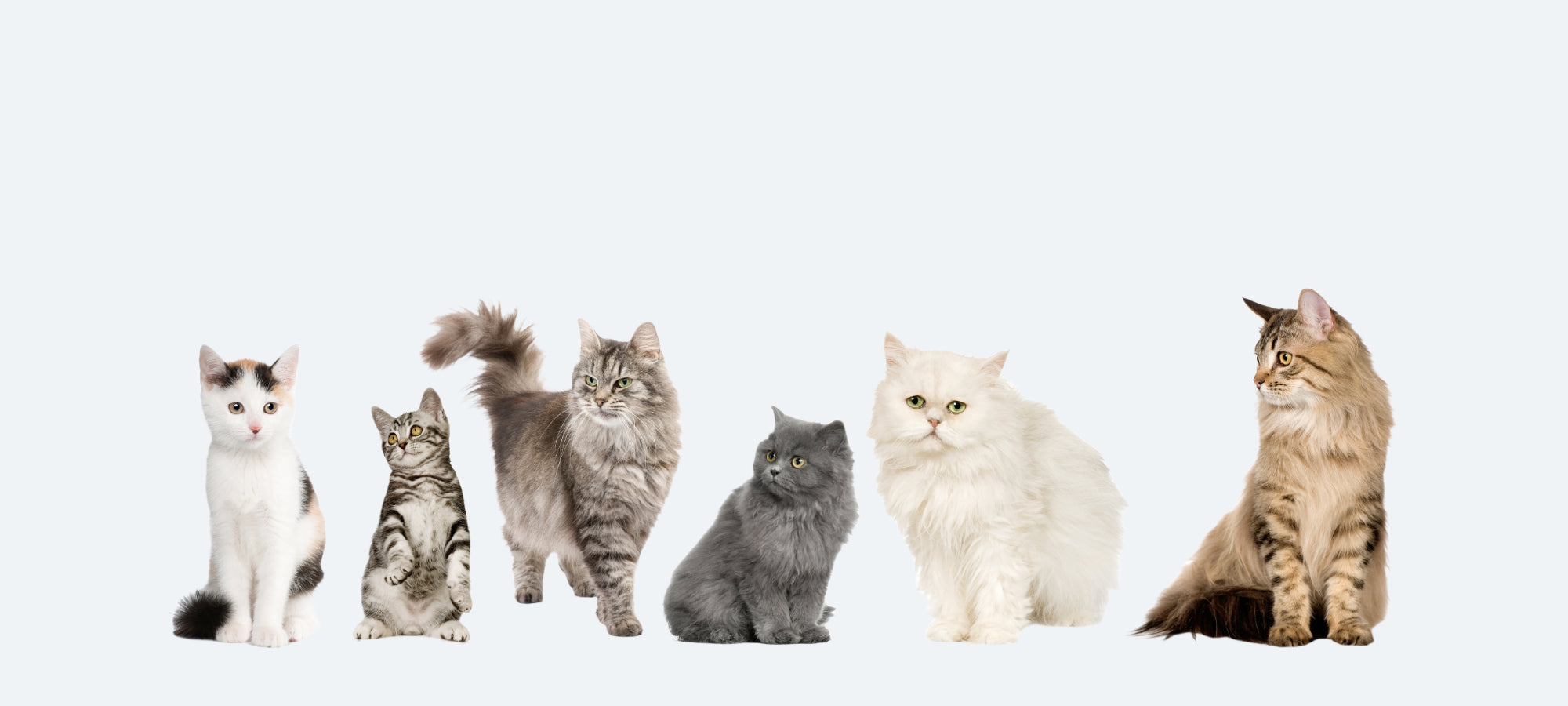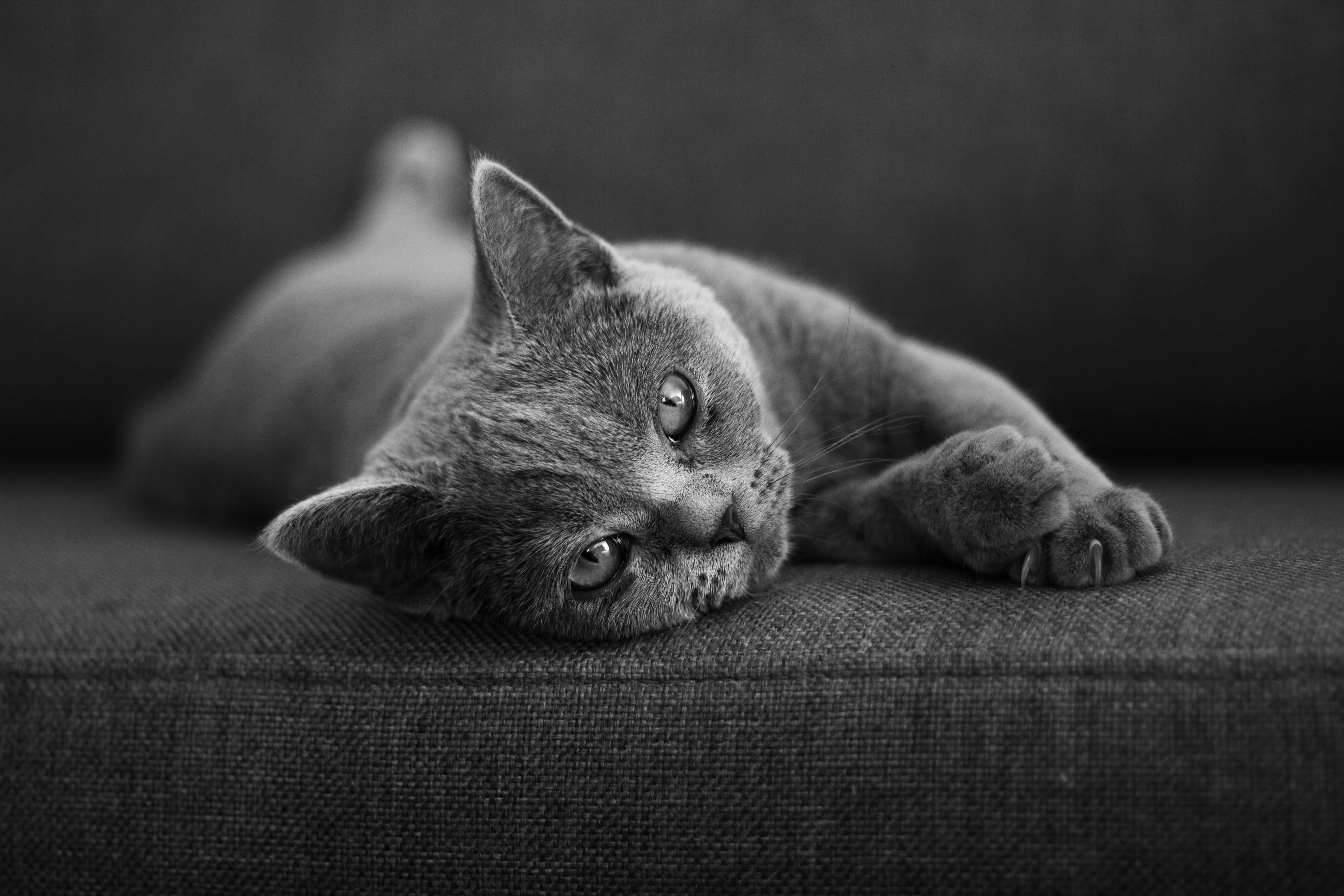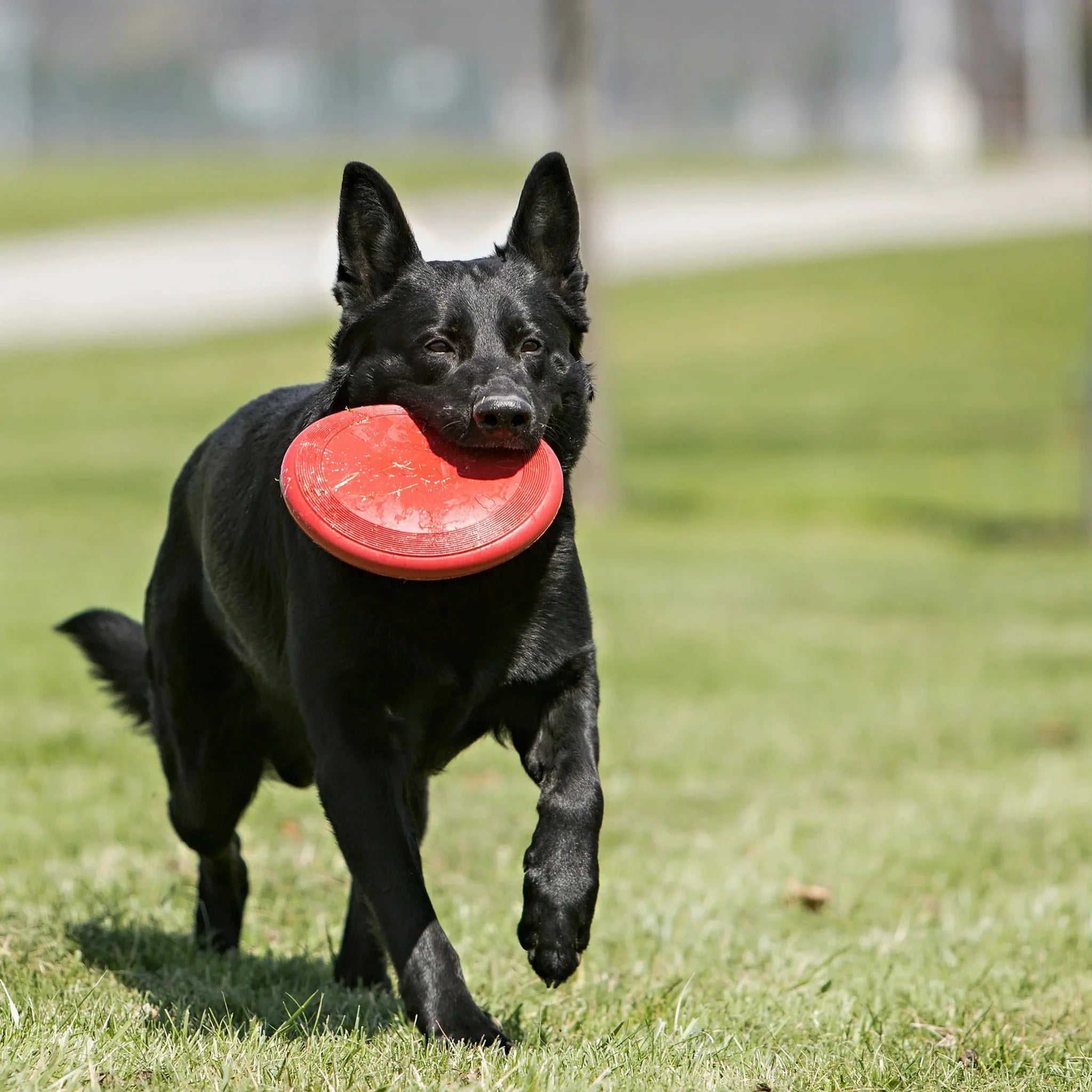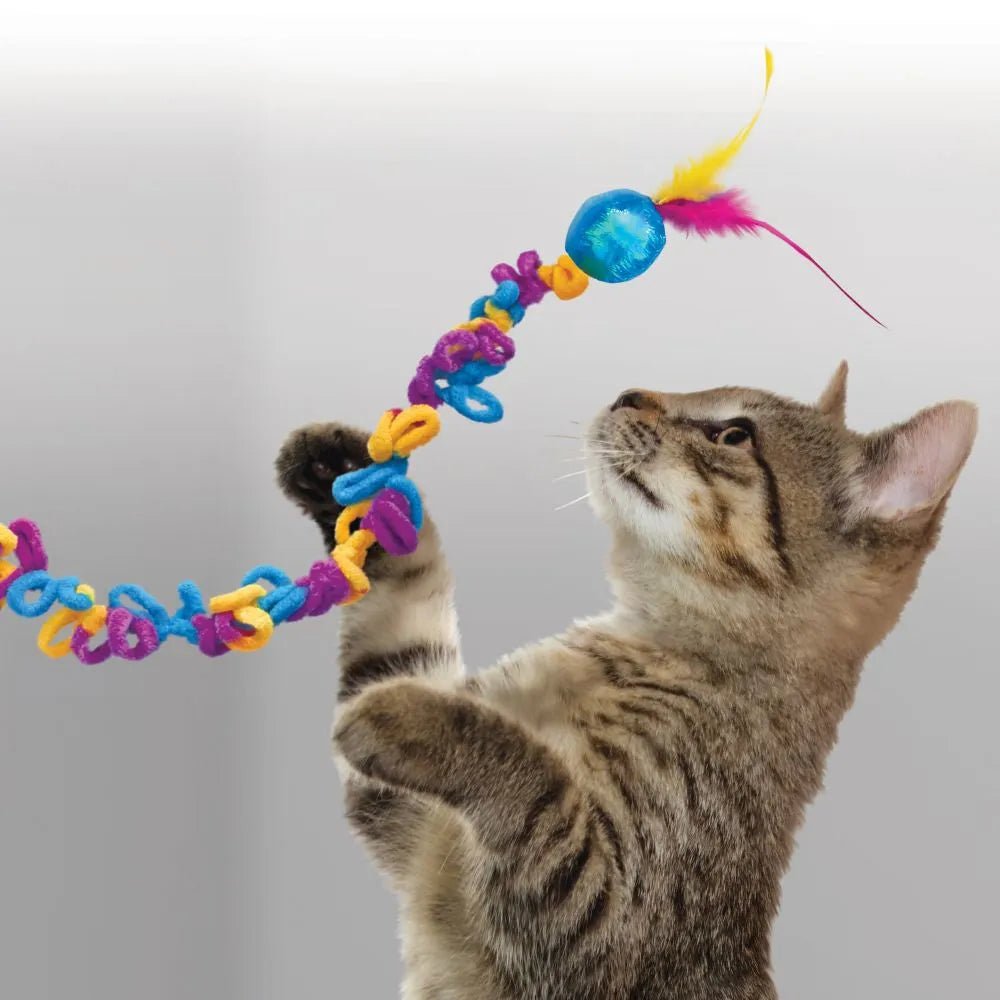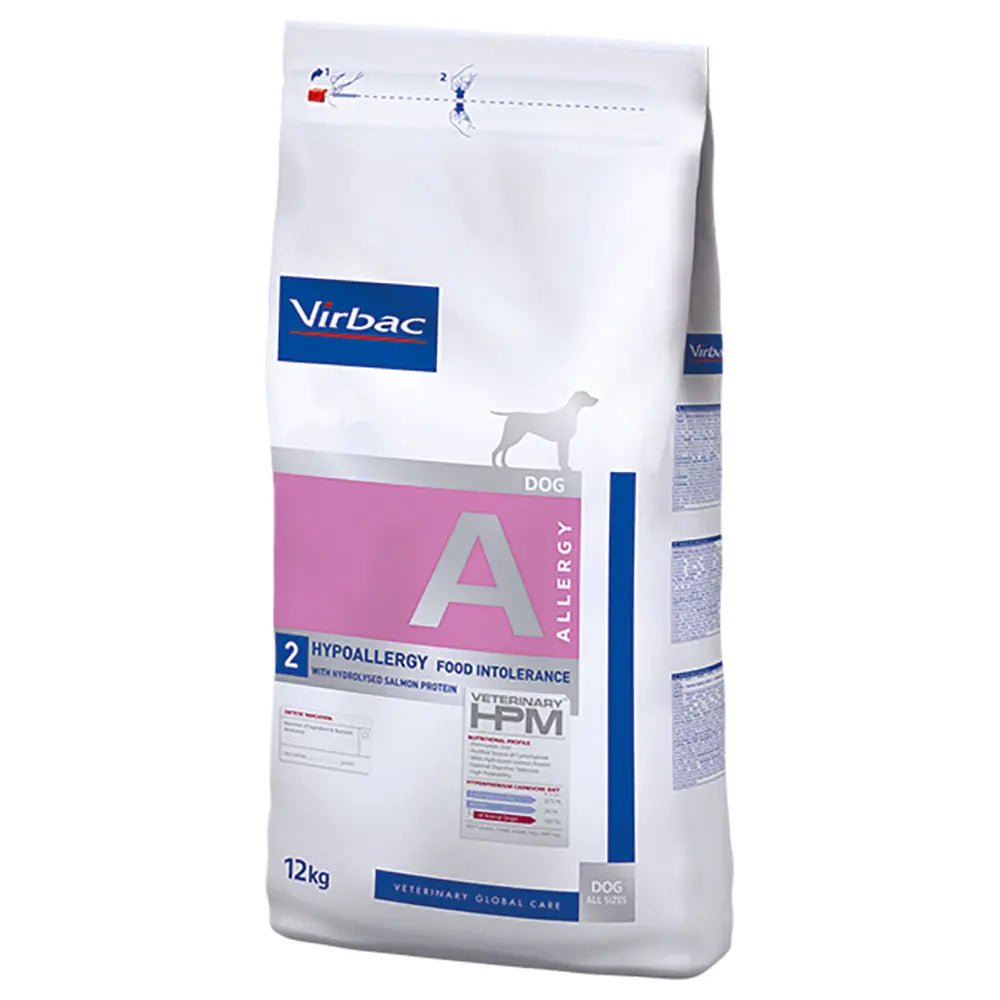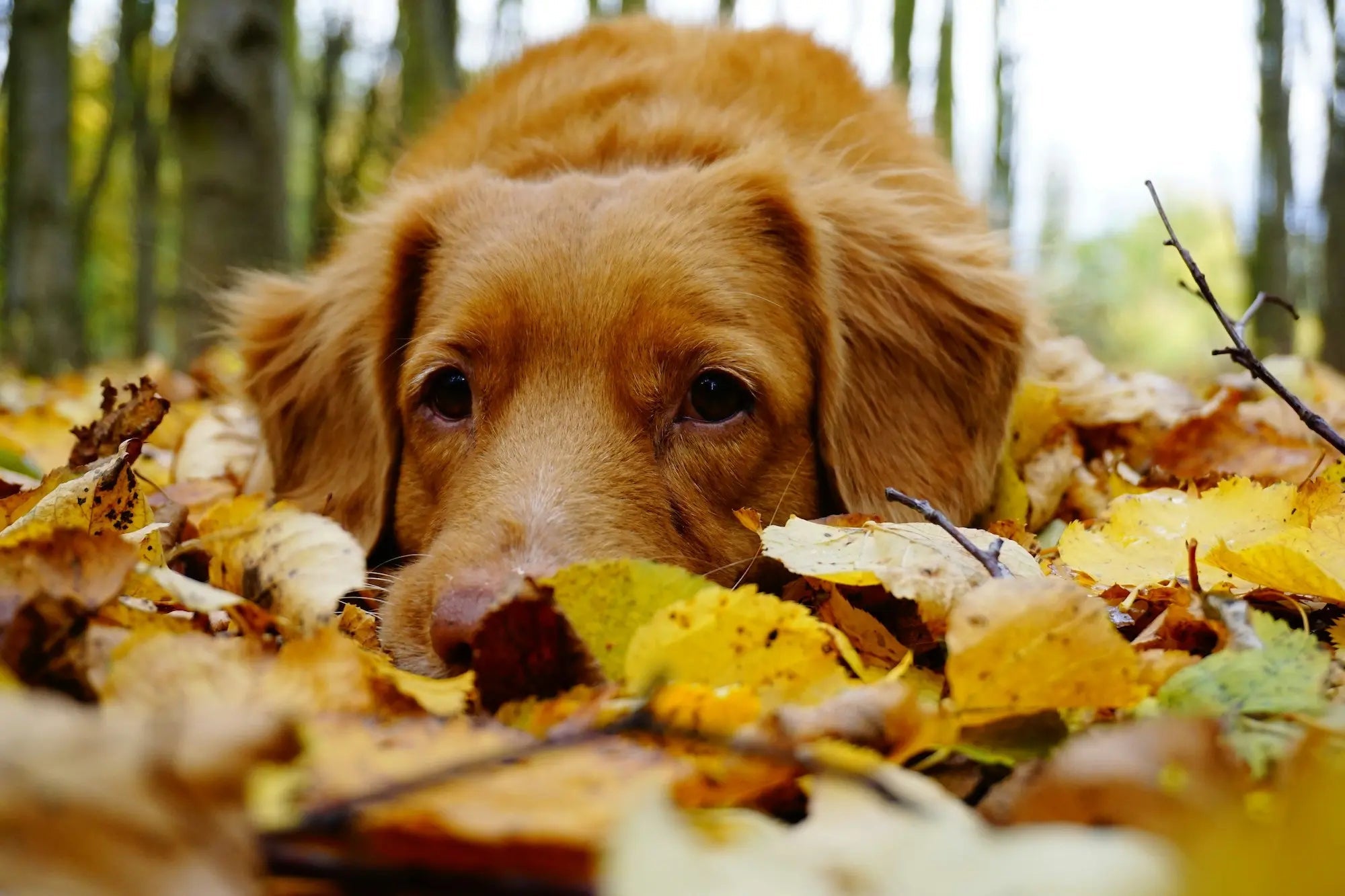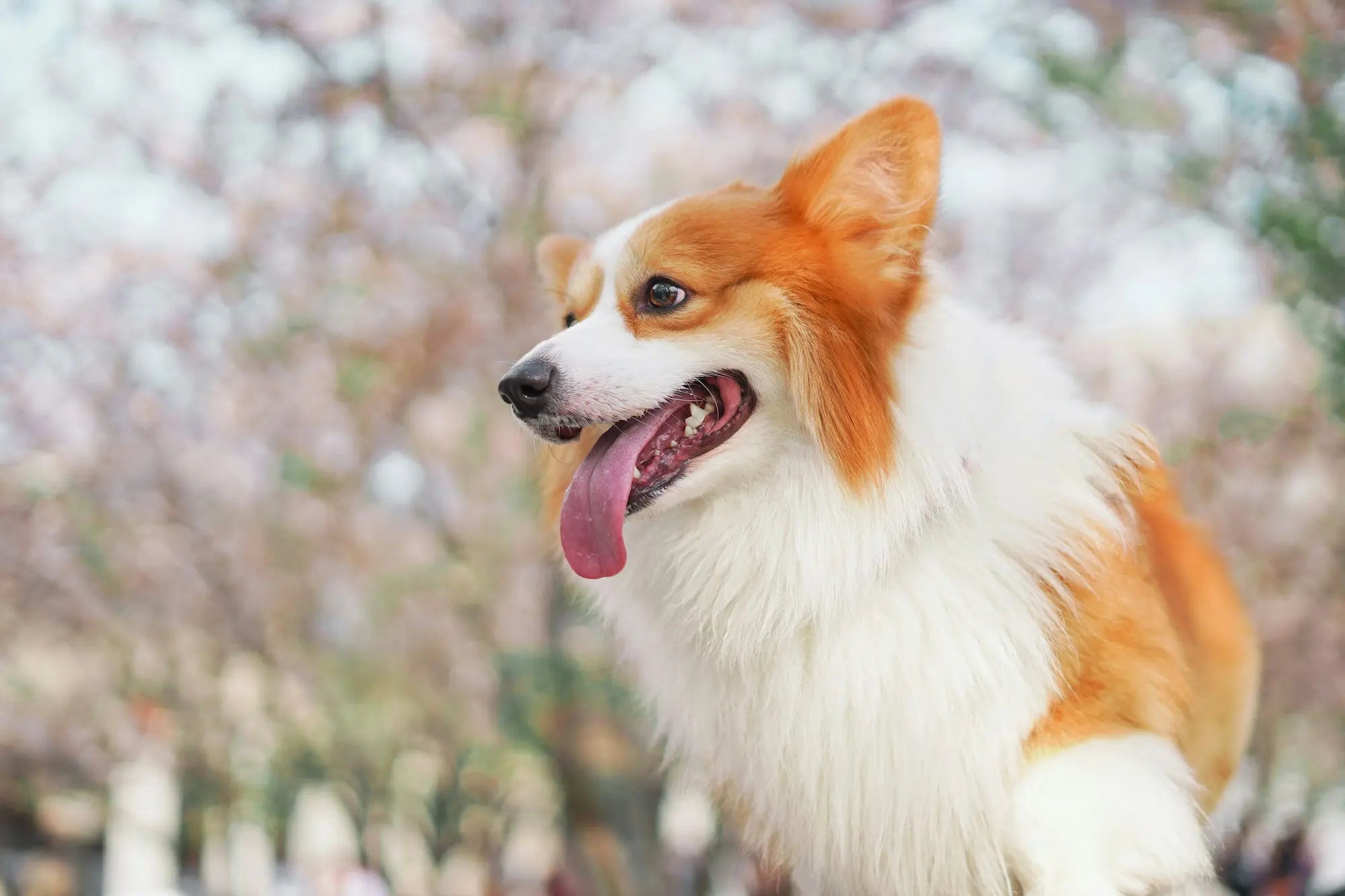The British Shorthair is a cat breed known for being cuddly, smart, and affectionate. Want to learn more about the British Shorthair and find out if this is the breed for you? Read on to discover more of the characteristics of these meowing teddy bears.
race facts

Child-friendly

Attention needs

Energy level

Talkativeness

Fur care

shedding
Facts about the breed
The British Shorthair breed traces its roots back to the 1880s in Great Britain. Originally known as the "British Blue," the breed was descended from common domestic cats and had a distinctive blue-gray coloration—hence the name. The British Blue quickly became a popular breed, especially at cat shows around the turn of the century. During the period around 1914-1918, Persian cats were introduced into the breeding program for genetic variation.
The British Shorthair suffered a significant decline during both world wars, and by the 1950s there were not many cats of the breed left. To ensure the breed's survival, it began to be crossed with domestic cats, Russian Blues, Persians and other cat breeds.
What can you expect as the owner of a British Shorthair?
Personality
Personality
British Shorthairs are generally neither easily frightened nor nervous; they are calm and balanced family members who remain calm through most things. Although they are not particularly active, they have moments when they can run around and play like kittens. They prefer to keep their feet on the ground rather than being lifted, and appreciate maintaining their dignity and control.
British Shorthairs are generally polite felines who carry themselves with pride. These intelligent cats are usually too reserved to cause chaos and mess unless they are bored or understimulated. While there are always exceptions, British Shorthairs are not necessarily the type to lie on your lap. However, they will be happy to be close to you if they like you, for example next to you on the sofa. Female cats tend to be a bit more serious and reserved compared to the more playful males.
Energy and attention needs
Energy and attention needs
The British Shorthair is a peaceful and quiet breed of cat that is affectionate, friendly and easy to get along with. It is often described as an easy-going companion, being quiet with a moderate activity level. While they are not necessarily the most cuddly, they do enjoy being around their owners and get along well with most people and other pets.
Health
Health
Size and appearance
The British Shorthair is a medium to large breed of cat with a powerful and muscular body. It has short, strong legs, a short tail, round paws and a rounded tip. This breed resembles a teddy bear due to its short, thick fur, large round head and cheeks, as well as large, round eyes and a short nose. This breed comes in a variety of different colors and patterns, not just the original gray (blue) color. British Shorthairs can be black, white, cream, chocolate, red, cinnamon, purple, masked, tabby or tortoiseshell. Eye color varies depending on the coat color and can be blue, green, orange or copper.
Weight
Since British Shorthairs are a relatively large and powerful breed, they do not reach their full size until they are between 3 and 5 years old. Fully grown males typically weigh between 5 and 7 kg, while females weigh approximately 3 to 5 kg.
Lifespan
12 - 20 years
Hereditary diseases
British Shorthairs are generally a healthy breed of cat, but like many other cat breeds, they are prone to certain hereditary diseases. They are prone to hypertrophic cardiomyopathy (HCM), the most common heart disease in cats. They may also be predisposed to hemophilia B , an inherited bleeding disorder. Always be sure to ask for health certificates from breeders and avoid unscrupulous breeders.
Due to past crossbreeding with Persian breeds, there is a small risk that they may develop polycystic kidney disease , which gradually leads to kidney failure due to the formation of cysts in the kidneys. A genetic test is available for this disease.
Fur care
Fur care
The British Shorthair's soft, short coat is relatively easy to care for. Weekly brushing is sufficient. If your cat is outdoors, you may want to brush more often in the spring, when it sheds its winter coat.
Food and nutrition
Food and nutrition
When choosing cat food for a British Shorthair, there are a few things that will influence which type of food is best. Choose a variety that is adapted to the cat's health and lifestyle. For example, if you have a small British Shorthair kitten, it will have completely different nutritional needs than a senior cat. In addition, the kitty, like all other breeds, needs access to clean, fresh water.
If you want to become the owner of a British Shorthair, you should make sure to find a reputable breeder. How much a kitten costs will vary, but you can expect a price of between 14,000 - 20,000 kr for a British Shorthair kitten.
Having purebred cats as pets has become very popular, but unfortunately this has resulted in many unscrupulous breeders who engage in unethical breeding for profit. Therefore, it is important for you as a buyer to get information about how the cat was bred so that you do not contribute to cats with hereditary and serious diseases being born. If a purebred cat is sold without a pedigree, you will never know whether the kitten has been stolen, or whether illegal trade has taken place.
A serious breeder in a federation must follow strict requirements for animal welfare and health. Good breeders will also demand something from you to ensure that the cat has a good life. Remember to check if the breeder is registered through the Norwegian Cat Breeders' Association (NRR) / FIFe / TICA and that the pedigree, health certificate (and possibly the purchase contract and vaccination card/veterinary passport) are included.
